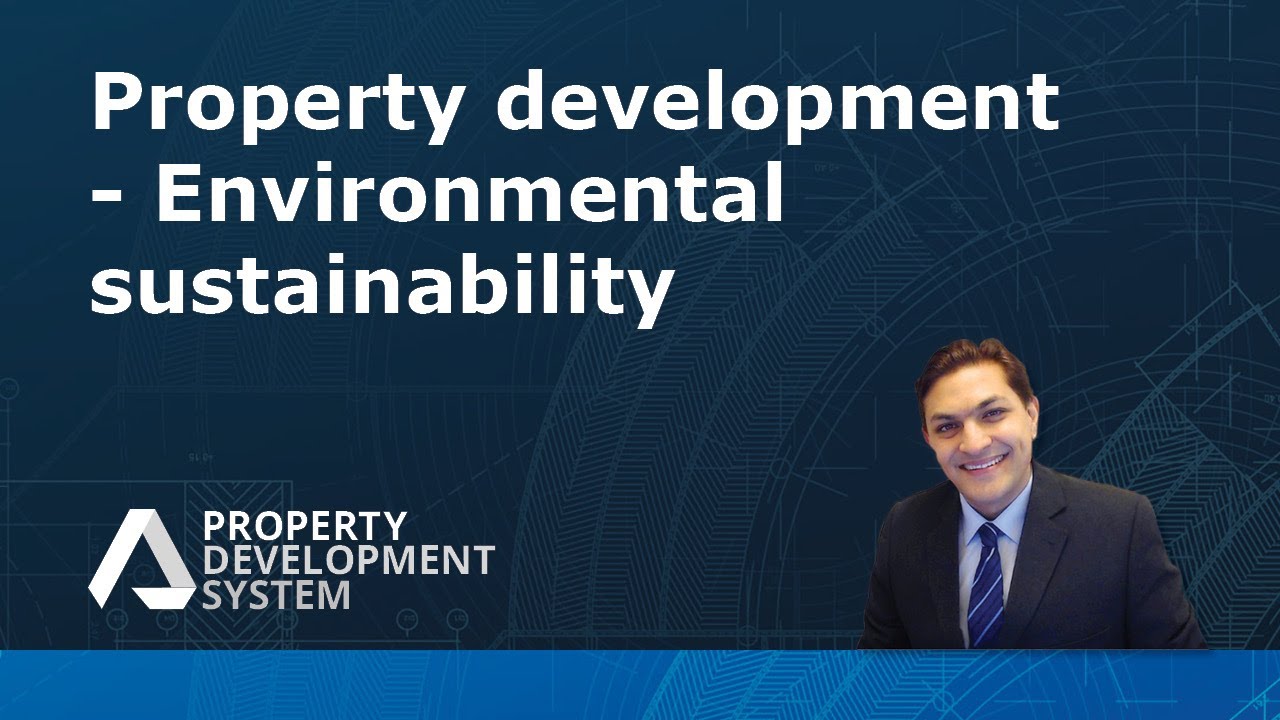Environmental Sustainability
Here you will explore Environmental Sustainability, focusing on maintaining valued qualities in the physical environment. It covers:
Social Sustainability
Designing homes considering all people, with emphasis on flexibility, comfort, safety, and a sense of community.
Economic Sustainability
Efficiency over time, highlighted by a case study of a company developing a self-sufficient home that generates excess electricity, illustrating smart design, and low maintenance costs.
Frequently Asked Questions
What are the key principles of social sustainability in home design?
Social sustainability in home design is focused on creating living spaces that are inclusive and accommodating to the diverse needs of all occupants and guests.
Flexibility and Comfort
Homes are designed to adapt to the changing needs of its occupants, ensuring a high level of comfort for everyone.
Safety and Security
These aspects are paramount, with designs incorporating features that protect the health and well-being of the residents.
Universal Design
The concept of making environments accessible to all people, regardless of their age, size, ability, or disability.
Sense of Community
The design encourages a feeling of belonging and connection among residents, fostering social interactions and communal support.
How do economic factors influence environmental sustainability in property development?
Economic factors play a significant role in the environmental sustainability of property development. The focus is on creating homes that are not just environmentally friendly but also economically sustainable over time. Key aspects include:
Efficiency and Cost-Effectiveness
Homes are designed to be efficient, reducing the ongoing costs of running a home. This includes the use of low maintenance materials and appliances with high water and energy efficiency ratings.
Self-Sufficiency
The video highlights a case study of a company developing homes that are 100% self-sufficient, capable of generating excess electricity. This not only minimizes the environmental footprint but also provides economic benefits by generating income through the excess energy produced.
Smart Design
Incorporating smart design principles that take into account natural heating and cooling, orientation, ventilation, insulation, shading, and materials, which can significantly reduce both initial and ongoing costs.
Comprehensive Cost Consideration
Economic sustainability involves considering all costs associated with the home, including initial construction costs, maintenance, running costs, future modification costs, and community costs.
What are the technologies used in self-sufficient homes?
Solar Power
The technology relies heavily on solar panels to generate electricity. These homes are designed to produce enough energy to meet their own needs and even generate excess electricity.
Energy Generation and Income
The excess electricity produced by these homes can be uploaded to the grid, providing homeowners with an additional income stream. This aspect showcases how environmental sustainability can also contribute to economic sustainability.
Smart Design
The homes feature smart design elements that utilize low maintenance materials and appliances with high water and energy star ratings. This reduces the ongoing cost of running the home.
Natural Heating and Cooling
Consideration of orientation, ventilation, insulation, shading, and materials helps achieve natural heating and cooling, further enhancing energy efficiency and reducing costs.
What is Environmental Sustainability?
Environmental sustainability focuses on maintaining and preserving valued qualities of the physical environment. This concept involves practices and decisions that do not deplete natural resources or harm ecological systems, ensuring that the environment remains viable and valuable for future generations.
What does Social Sustainability mean in the context of home design?
Social sustainability in home design refers to creating living spaces that consider the needs of all people. This involves designing homes with an emphasis on flexibility, comfort, safety, and fostering a sense of community among occupants. It aims to accommodate the varying needs of individuals and families, making the living environment welcoming and inclusive for everyone.
How is Economic Sustainability related to environmental sustainability?
Economic sustainability in the context of environmental sustainability refers to practices that ensure efficiency and longevity in resource use, leading to lower maintenance costs and greater overall value. For example, a case study of a company developing a self-sufficient home demonstrates how smart design can not only minimize environmental impact but also provide economic benefits, such as generating excess electricity and reducing or eliminating energy costs.
What is the significance of designs that accommodate changing needs of occupants and guests?
Designs that accommodate the changing needs of occupants and guests are crucial because they contribute to human comfort, health, and security. By ensuring that homes can adapt to different life stages and needs, such designs improve the quality of life for residents and guests alike. This approach promotes a sustainable living environment that remains functional and comfortable over time, despite changes in family size, mobility, or other life circumstances.
Can homes really be 100% self-sufficient, and how do they contribute to environmental sustainability?
Yes, homes can be designed to be 100% self-sufficient, as illustrated by the example of a home that generates its own electricity in excess of what it needs. Such homes contribute to environmental sustainability by reducing reliance on non-renewable energy sources, decreasing carbon footprint, and potentially generating income through the sale of excess energy. By incorporating smart design elements, renewable energy systems, and efficient resource management, these homes demonstrate how living spaces can both reduce costs and promote environmental sustainability.
How do self-sufficient homes generate income?
Self-sufficient homes can generate income through the production of excess electricity, which can then be sold back to the grid in areas where net metering policies are in place. This not only offsets the cost of energy consumption within the home but also provides a financial return on the investment in renewable energy technologies, such as solar panels or wind turbines.
Why is it important to focus on both social and economic aspects of sustainability along with environmental concerns?
Focusing on social and economic aspects of sustainability along with environmental concerns is important because it ensures a holistic approach to sustainability. Addressing only one aspect can lead to imbalances and potentially neglect the interconnectedness of environmental, economic, and social systems. By considering all three aspects, it is possible to create solutions that are not only environmentally sound but also economically viable and socially equitable, leading to a more sustainable and inclusive future.
Test Your Knowledge
Multiple Choice Questions on Environmental Sustainability
1. What is a key principle of social sustainability in home design?
A) Designing homes with minimal environmental impact
B) Creating exclusive living spaces for high-income earners
C) Designing homes that are adaptable to changing needs, ensuring comfort for all occupants
D) Focusing solely on the aesthetic aspects of home design
2. How do economic factors influence environmental sustainability in property development?
A) By prioritizing short-term profits over long-term sustainability
B) Through the development of homes that are efficient and economically sustainable, reducing ongoing costs
C) Ignoring the costs associated with environmental sustainability
D) By ensuring that properties are only accessible to the wealthy
3. Which of the following is not a technology used in self-sufficient homes?
A) Solar power to generate electricity
B) Coal-powered generators for heating
C) Smart design elements for low maintenance
D) Natural heating and cooling strategies
4. What is the primary goal of environmental sustainability?
A) To ensure rapid industrial growth
B) To maintain and preserve valued qualities of the physical environment for future generations
C) To exploit natural resources for immediate benefits
D) To focus solely on animal welfare
5. Why is it important to design homes that accommodate the changing needs of occupants and guests?
A) To increase the home’s resale value
B) Because it contributes to human comfort, health, and security, ensuring the space remains functional and comfortable over time
C) It’s not important; fixed designs are more economical
D) To adhere strictly to traditional design norms
6. Can homes be 100% self-sufficient, and how do they contribute to environmental sustainability?
A) No, it’s not technically possible to achieve 100% self-sufficiency
B) Yes, by using non-renewable energy sources efficiently
C) Yes, through smart design and renewable energy systems, reducing reliance on non-renewable energy sources
D) Only in urban areas with access to advanced technologies
7. How do self-sufficient homes generate income?
A) Through high entrance fees for tours and exhibitions
B) By selling excess electricity back to the grid
C) Solely through savings on utility bills
D) By hosting renewable energy seminars
8. Why is focusing on social and economic aspects of sustainability crucial along with environmental concerns?
A) Because it promotes a one-dimensional approach to sustainability
B) It’s not important; environmental sustainability should be the sole focus
C) To ensure a holistic approach to sustainability, addressing the interconnectedness of environmental, economic, and social systems
D) Only for marketing purposes to appeal to a broader audience
Answers:
- C) Designing homes that are adaptable to changing needs, ensuring comfort for all occupants
- B) Through the development of homes that are efficient and economically sustainable, reducing ongoing costs
- B) Coal-powered generators for heating
- B) To maintain and preserve valued qualities of the physical environment for future generations
- B) Because it contributes to human comfort, health, and security, ensuring the space remains functional and comfortable over time
- C) Yes, through smart design and renewable energy systems, reducing reliance on non-renewable energy sources
- B) By selling excess electricity back to the grid
- C) To ensure a holistic approach to sustainability, addressing the interconnectedness of environmental, economic, and social systems
Assignment
Practical Assignment on Environmental Sustainability
Objective:
Demonstrate understanding of environmental, social, and economic sustainability concepts by applying them to the design and evaluation of a sustainable home project.
Assignment Outline:
Design Your Sustainable Home:
- Task: Design a blueprint or detailed description of a sustainable home that incorporates elements of environmental, social, and economic sustainability. Your design should address the following aspects:
- Environmental Sustainability: Incorporate renewable energy sources, water conservation techniques, and materials that minimize environmental impact.
- Social Sustainability: Design the home to be flexible, comfortable, safe, and fostering a sense of community. Consider aspects of universal design to make the home accessible to all.
- Economic Sustainability: Ensure your home design is economically viable by incorporating elements that reduce maintenance costs, improve energy efficiency, and potentially generate income (e.g., through excess energy production).
Research Component:
- Task: Conduct research on current technologies and materials that could make a home self-sufficient and economically sustainable. Document your findings on:
- Renewable Energy Technologies: Solar panels, wind turbines, geothermal heating and cooling.
- Water Conservation Methods: Rainwater harvesting, greywater recycling, and efficient irrigation systems.
- Low Maintenance Materials: Durable building materials and energy-efficient appliances.
Economic Analysis:
- Task: Prepare a cost-benefit analysis of your sustainable home design. Consider the initial investment in sustainable technologies and materials, ongoing maintenance costs, savings on utility bills, and potential income from excess energy production. Discuss how economic factors influence the long-term sustainability of your home.
Community Impact Study:
- Task: Evaluate how your home design contributes to a sense of community and social interactions among residents. Consider features that encourage communal living and shared spaces that foster interactions.
Reflection on Sustainability:
- Task: Write a reflective essay on how your home design addresses the interconnectedness of environmental, economic, and social sustainability. Discuss the challenges and benefits of integrating these aspects into property development.
Deliverables:
- A detailed sustainable home design (blueprint or description).
- Research findings on sustainable technologies and materials.
- An economic analysis of sustainable home design.
- A community impact study.
- A reflective essay on the sustainability of your design.
Submission Guidelines:
- Compile your work into a single document or presentation.
- Include visuals (diagrams, charts) to support your design and analyses.
- Submit your assignment through mail or comments



